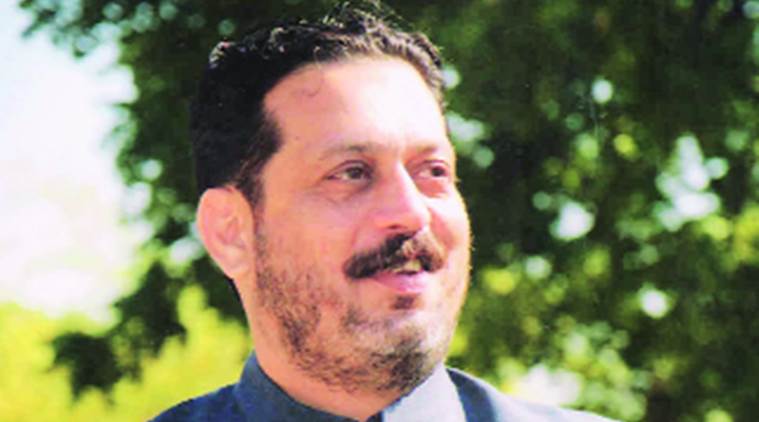 Sunil Limaye, Additional Principal Chief Conservator of Forest (Wildlife).
Sunil Limaye, Additional Principal Chief Conservator of Forest (Wildlife).
The World Environment Day (June 5) was announced during the UN General Assembly in 1972, on the first day of the Stockholm Conference on human environment. The day is dedicated to encouraging awareness and action for protection of the environment. This year’s theme is “beat plastic pollution” and the host nation is India. Sunil Limaye, Additional Principal Chief Conservator of Forest (Wildlife), Nagpur, speaks to The Indian Express about the priority areas of the Forest Department.
Any special plans in accordance with this year’s theme — ‘beat plastic pollution’?
We are planning to celebrate World Environment Day in Maharashtra on a large scale. The Forest Department has planned various awareness activities. Besides, the state government has already banned the use of plastic and will see to it that it is implemented scrupulously. The Sanjay Gandhi National Park in Mumbai had been observing a plastic free National Park programme since November 2011… The collected plastic is recycled and reused. In all protected areas of Maharashtra, there is a complete ban on the use of plastic and local people are helping us clean the areas with due care. This year, on World Environment Day, the Ghodazari Wildlife Sanctuary in Chandrapur will be opened for public.
The state had taken an ambitious step towards an eco-friendly Maharashtra by announcing plantation of 2 crore seedlings per year. How successful has that been?
The ‘Green Maharashtra’ initiative was launched from 2016-17. In July 2017, 5.43 crore seedlings were planted against a target of 4 crore seedlings. More than 16 lakh people participated in the drive. This year, we have set a target of planting 7.5 crore seedlings on forest land and 5.5 crore seedlings on non-forest lands between July 1 and 31. For this, pre-plantation operations like selecting the area and digging the pits have already been completed. Only indigenous plants will be planted under this programme. Gram Panchayats will be planting 3 crore seedlings in villages. To make this programme transparent, all records are uploaded on the Forest Department’s website. This year, Nandurbar and Nashik districts will be planting more than 30 lakh seedlings while last year, more than 43 lakh seedlings were planted in Chandrapur and Nashik districts. The major challenge before the authorities is to protect these seedlings after they are planted. It is being done with the help of NGOs and local people who are often tasked with watching the crops. Next year, the plan is to plant 33 crore seedlings in forest and non-forest areas.
Waterhole census has been renamed ‘Nisarganubhav’. What led to the renaming, and will there be no official count of animal sightings?
Waterhole census is a traditional method to ascertain the population of animals in a particular area, but it is not an exact method to count animals. There are better methods to ascertain the nearly exact number of animals in a given area. At many places, this practice of waterhole census is being phased out. Beyond counting the number of animals, it gives us valuable observational data about the kind of animals inhabiting a certain area.
Another important point is that this is the only interface the forest department has with common people other than tourism. It also provides a feedback mechanism to management authorities about effective management of waterhole and protection measures. So, instead of calling it a census, it was renamed ‘Nisarganubhav’. During the field exercise, only the observations are noted and no counting of animals is expected. Also, a camera trap method has been adopted in all protected areas for the real census. Using camera traps and other methods, nationwide monitoring of tigers, co-predators (like leopards, wolves etc.), preys and their habitats is being done under the guidance of the Wildlife Institute of India.
What are the top priority areas for the forest department?
Increasing the density of forests, the tree cover, expanding protected areas of network, protecting animal corridors, involving local populations in conservation and mitigation of human-animal conflicts are some of our top priority areas. To increase people participation, the Forest Department has started a scheme called ‘Green Army’ wherein one crore people in Maharashtra are sought to be enrolled as friends of the forest department. A helpline — 1926 — has also been launched for redressal of grievances and to get regular updates on tree cutting, forest fires and encroachments. All forest officers have been directed to respond to the people as soon as they get any distress message on this number.